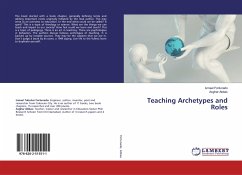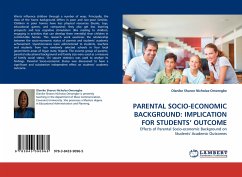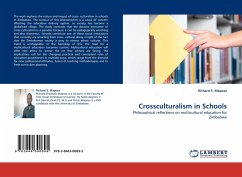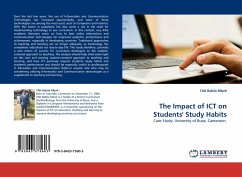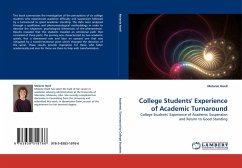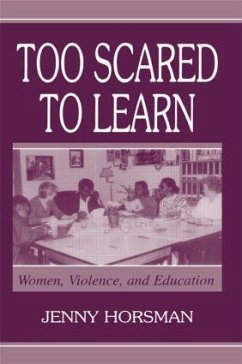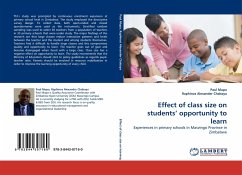
Effect of class size on students'' opportunity to learn
Experiences in primary schools in Masvingo Province in Zimbabwe
Versandkostenfrei!
Versandfertig in 6-10 Tagen
32,99 €
inkl. MwSt.

PAYBACK Punkte
16 °P sammeln!
Th1s study was prompted by continuous enrolment expansion at primary school level in Zimbabwe. The study employed the descriptive survey design. To collect data, both open-ended and closed questionnaires were used as the instruments. Stratified random sampling was used to select 30 teachers from a population of teachers in 33 primary schools that were under study. The major findings of the research are that large classes reduce interaction patterns and levels between the teacher and the student and among students themselves. Teachers find it difficult to handle large classes and this compromis...
Th1s study was prompted by continuous enrolment expansion at primary school level in Zimbabwe. The study employed the descriptive survey design. To collect data, both open-ended and closed questionnaires were used as the instruments. Stratified random sampling was used to select 30 teachers from a population of teachers in 33 primary schools that were under study. The major findings of the research are that large classes reduce interaction patterns and levels between the teacher and the student and among students themselves. Teachers find it difficult to handle large classes and this compromises quality and opportunity to learn. The teacher goes out of gear and become disengaged when faced with a large class. Class size has a negative effect on opportunity to learn. The study recommends that the Ministry of Education should stick to policy guidelines as regards pupil- teacher ratio. Parents should be involved in resource mobilization in order to improve the learning opportunity of every child.




